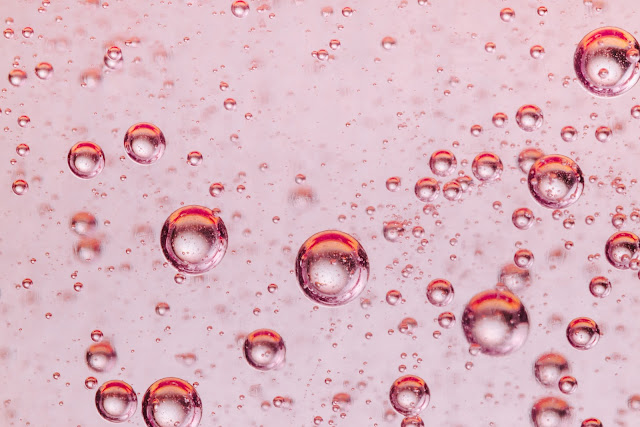@healthbiztips
beauty
beauty blog
Beauty product review
cleanser
facial cleanser
healthbiztips
nivea
Nivea Micellar Water Review
 |
| Nivea Micellar Water Review | Healthbiztips |
Nivea Micellar Water Review | Healthbiztips
@healthbiztips by Arlene Gentallan | beauty blog
Let's review Nivea Micellar Water. This is a 3-in-1 cleanser that contains absolutely no alcohol which is great for people with sensitive skin because it doesn't cause dryness.
 |
| Nivea Micellar Water Review | Healthbiztips |
It has a very mild scent and when you apply it on your skin, it doesn't sting nor cause pain. In fact, micellar water is so gentle that you can even apply it around the sensitive area around your eyes. That's incredible because most other cleansers tells you not to put them around your eye area.
 |
| Nivea Micellar Water Review | Healthbiztips |
I have here the Acne Clear Micellar Water by Nivea which deeply cleanses pores by removing hard to reach dirts, oils, and impurities. It's a great skincare product to prevent acne because, it doesn't only remove the bad stuffs from deep inside your pores, it actually prevents clogging of pores.
By the way, there are other versions of Nivea's Micellar Water like the Extra White. Here I got the Acne Clear because I got to get rid of these nasty pimples.
You know how those hard to remove waterproof make-up can be really tough to wipe away? Then, Nivea micellar water might just be the thing you are looking for. This cleanser can remove waterproof makeup! Although, I have to warn you that it can not remove 100% of those waterproof makeup. Like for example, I've encountered a case when this cleanser fail to remove a waterproof mascara. Nevertheless, this is still one of the good products out there in the market.
Nivea's Micellar Water contains Magnolia Bark Extract which has an antibacterial and anti-inflammatory property. It kills bacteria and reduces swelling and redness on your face.
 |
| Nivea Micellar Water Review | Healthbiztips |
This skincare product comes in this blue tinged plastic bottle with a white cap. On the bottom part of the bottle, you'll see the expiration date.
 |
| Nivea Micellar Water Review | Healthbiztips |
The cleanser has a transparent water-like consistency with a mild scent. When you shake the bottle, it actually forms a foam on the surface of the liquid.
To use this cleanser, you simply put a desired amount of micellar water into a cotton pad or a cotton ball, then wipe it over your face. Afterward, you can either choose to wash your face with water or not at all.
I have here a 125ml bottle of micellar water which is small enough to be brought during outdoor activities. There's a bigger variation which is a 200ml bottle.
That's it. I hope you find this review useful.





